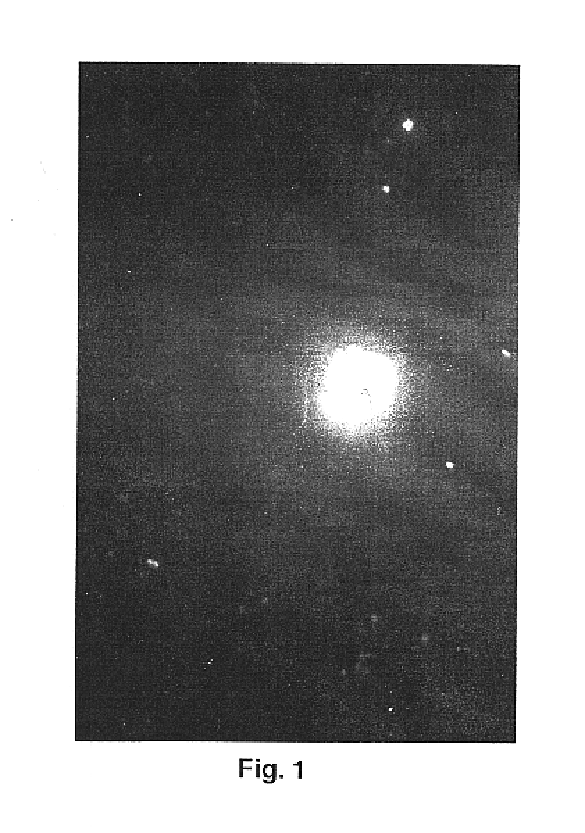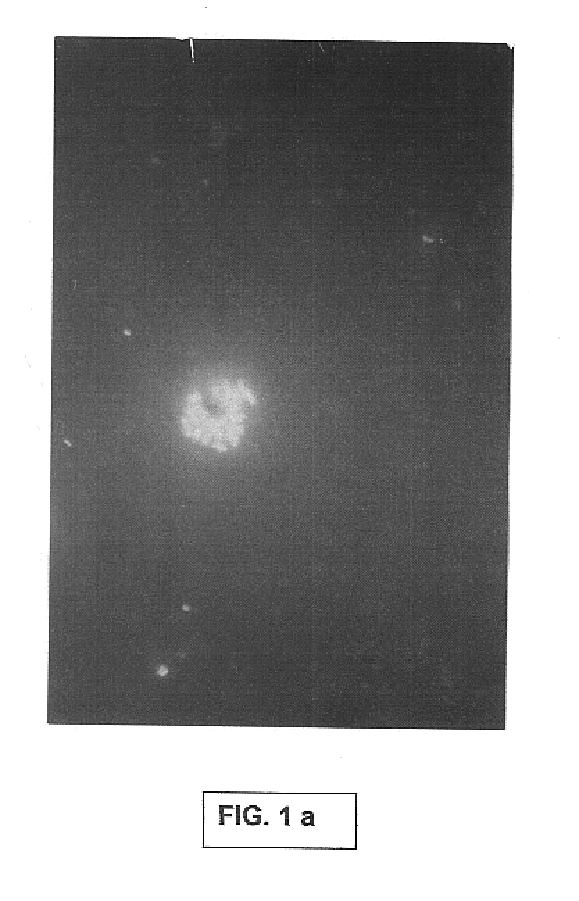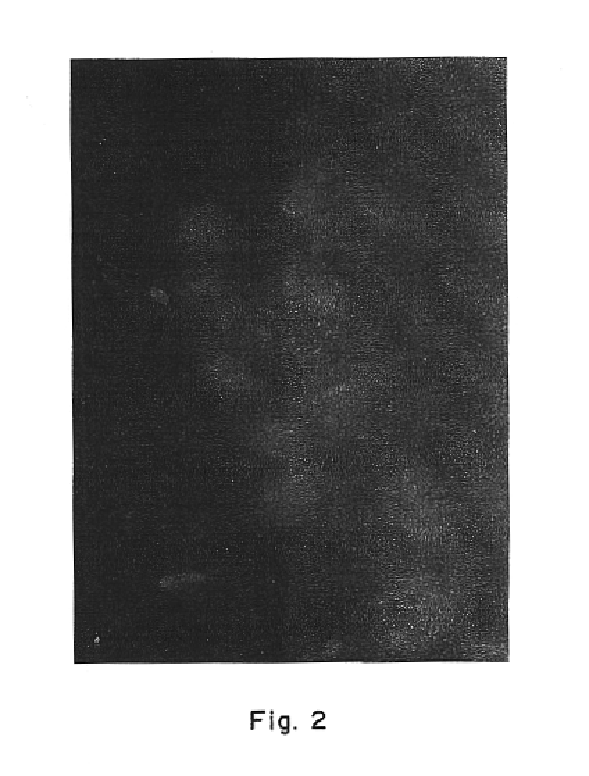Natural non-polar fluorescent dye from a non-bioluminescent marine invertebrate, compositions containing the said dye and its uses
a marine invertebrate, natural non-polar fluorescent technology, applied in the direction of anthracene dyes, biochemistry apparatus and processes, enzymology, etc., can solve the problems of process and effluent discharge, environmental degradation, toxic and fungicidal, etc., to achieve rapid biocontaminant estimation and biopollutant check
- Summary
- Abstract
- Description
- Claims
- Application Information
AI Technical Summary
Benefits of technology
Problems solved by technology
Method used
Image
Examples
example 1
Collection of the Material
Material of the patent is a sea cucumber with following taxonomic details. Subkingdom: Metazoa; Phylum: Echinodermata; Sub-Phylum: Eleutherozoa; Class: Holothuroidea; Subclass: Aspidochirotacea; Order: Aspidochirota; Genus: Holothuria Species: scabra
The material was collected from the shores of central West Coast of India during a low tide. The animals were brought to the laboratory and maintained in glass tanks containing seawater of salinity 30-32 per par (30%.sub.0) till further use.
example 2
Extraction of the Dye
Extraction of the dye is a two step process. First an alcoholic extract is made and second the alcohol is evaporated and the fluorophore is separated and dissolved in solvent ether as follows:
Step 1: The animals were first washed with tap water and then with Milliq water (ultra pure water). The body was cut open with the sharp scissors and the female gonads were identified and removed. The color of the ovaries varied from yellow to orange. 1 milligram (1 mg) of the ovarian tissue is weighed and 70% ethyl alcohol was added to it in the ratio of 1:3 (weight by volume ratio). Yellowish orange colored pigment came out. The dye solution was decanted. To the remaining tissue again 70% ethyl alcohol was added and colored solution removed. These steps were repeated three times for extraction of the pigment without homogenizing the tissue of the ovary. The extract was filtered through Whattman No. 1 filter paper. The extract was was stores in a vial with screw cap at 4.d...
example 3
Physical Characteristics of the Dye
Color and Solubility
The said Dye solution is orange in color with the naked eye. In the daylight / tube light it gives varied colors emissions. The dye is insoluble in water but is soluble in non-polar solvent ether. Hence it is a non-polar dye. The dye has pH of 7.0.
PUM
| Property | Measurement | Unit |
|---|---|---|
| temperatures | aaaaa | aaaaa |
| length | aaaaa | aaaaa |
| depths | aaaaa | aaaaa |
Abstract
Description
Claims
Application Information
 Login to View More
Login to View More - R&D
- Intellectual Property
- Life Sciences
- Materials
- Tech Scout
- Unparalleled Data Quality
- Higher Quality Content
- 60% Fewer Hallucinations
Browse by: Latest US Patents, China's latest patents, Technical Efficacy Thesaurus, Application Domain, Technology Topic, Popular Technical Reports.
© 2025 PatSnap. All rights reserved.Legal|Privacy policy|Modern Slavery Act Transparency Statement|Sitemap|About US| Contact US: help@patsnap.com



